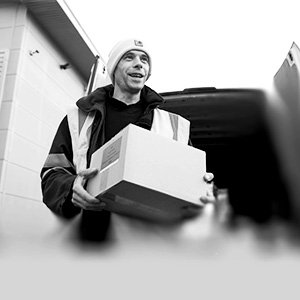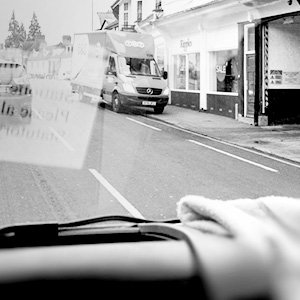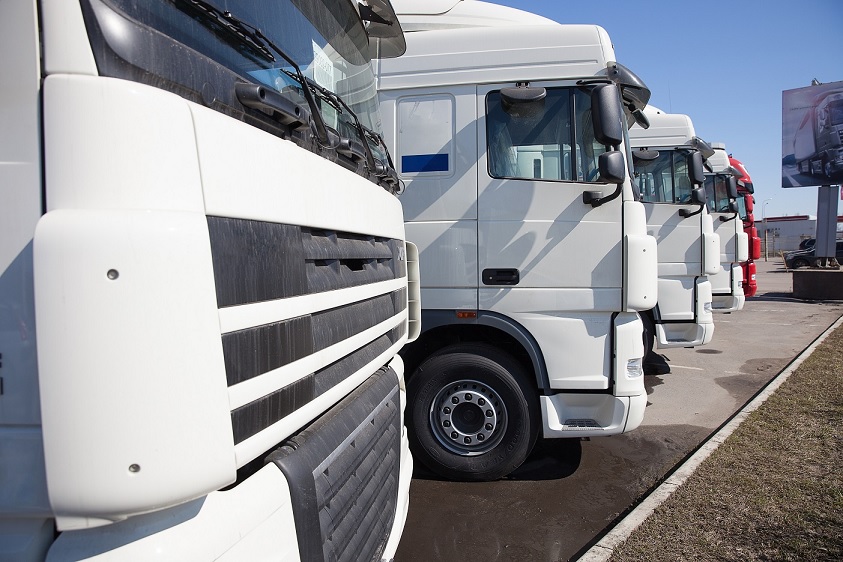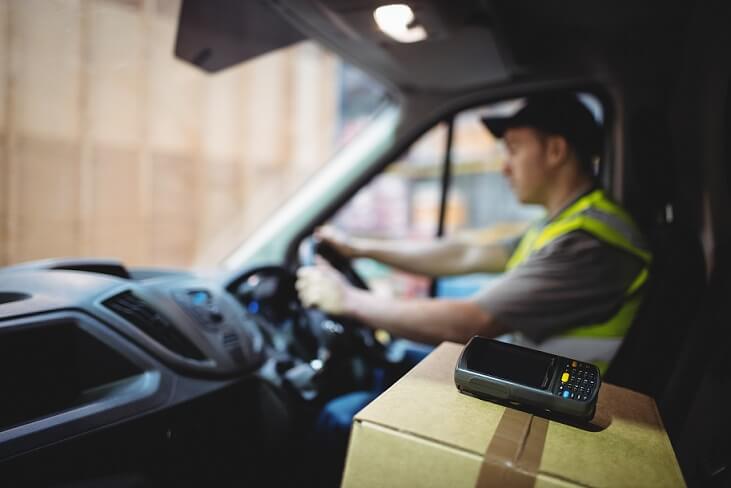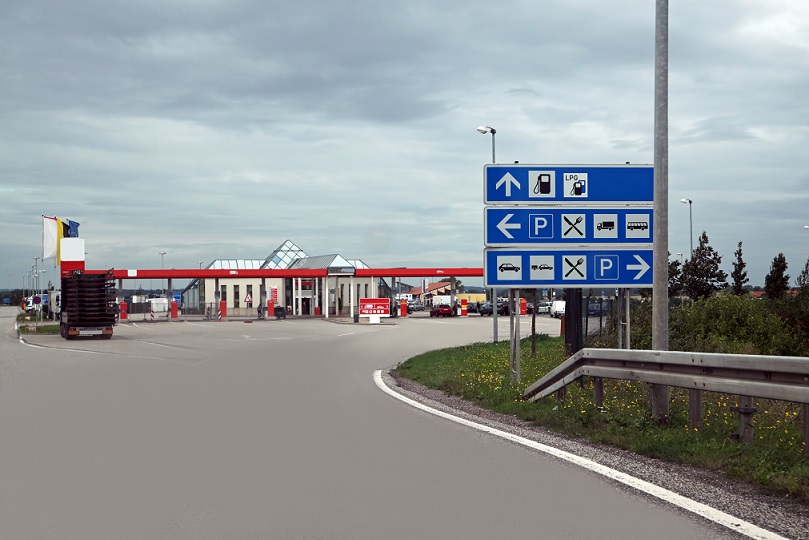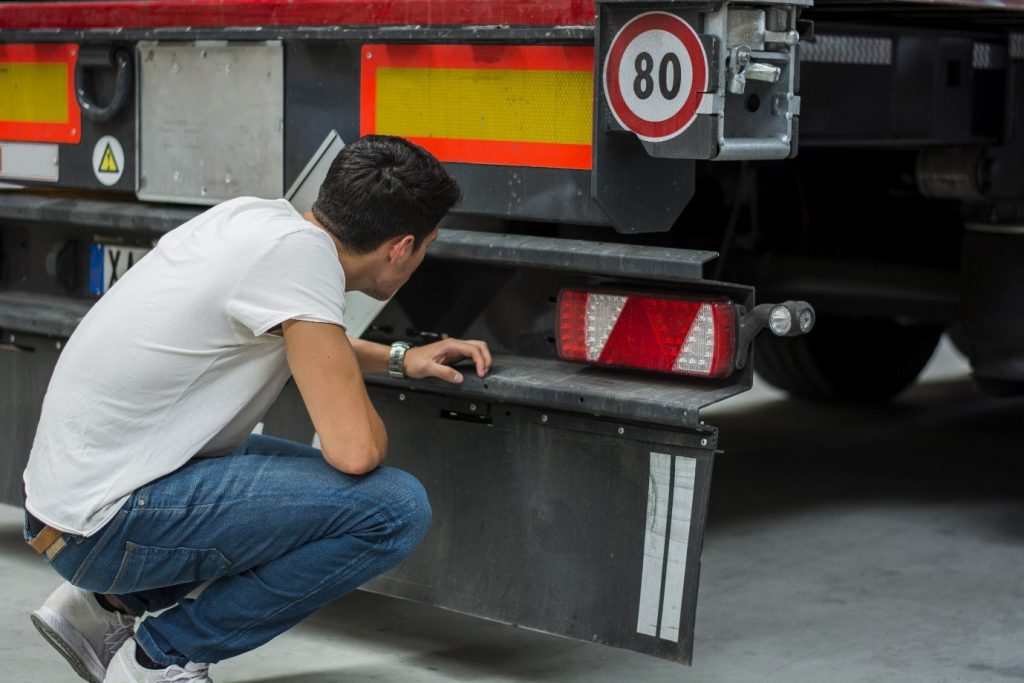So you’ve spent a few years tramping, eaten your fair share of gruesome truck stop meals, had your boss teach you how to suck eggs countless times, and done more walk around checks than most drivers have had hot dinners…which, since most service station meals are lukewarm doesn’t really say much! And after waiting what seems like an eternity for the wagon to be offloaded or loaded, you’re still not put off (you must have the patience of a saint). Well, as HGV insurance experts, we want to give you the tools to have a crack at it and become a self-employed HGV driver.
What do I need to become a freelance HGV driver?
First things first, you’ve got to make sure you’ve got the necessary documentation to do the job. If you’ve already worked as a driver for someone else you should have already acquired much of it, but if you haven’t already, you’ll have to pass your Large Goods Vehicle (LGV) test, before you do anything. You’ll also need an operator’s licence, also known as an O Licence. To obtain an O licence, you’ll need at least £7,850.00 available and a safe and secure place to store your truck whilst you’re not driving it, which is known as the operation base. The operation base needs to be big enough to park the vehicle, be in an environmentally acceptable location and have safe access.
Easy right? Well, not quite. First, you must create an advert in the local paper no earlier than 21 days before or 21 days after applying for one of the three Operator’s licences listed below. This gives the local community a chance to object to your plans, but make sure you advertise it properly as your application can be refused. Once you’ve done this, you need to send a copy of your advert along with proof of finances and licence application forms to the DVSA.
Types of operator’s licence
Standard National Licence
This type of licence allows you to carry your own goods or materials that are related to your business internationally. Whilst you can also carry goods for other people too, you can only do this nationally.
Standard International Licence
This licence allows you to carry your own goods and other peoples good internationally. This is the same as a standard national licence apart from you’re able to take other peoples goods internationally. With this, you can also request the issue of Community Licences that allow you to take trips between EU member countries, transit traffic through any EU member country, and transport goods for other people in one EU country using a vehicle that’s registered in a different EU country. This is known as Cabotage.
Restricted Licence
This licence allows you to carry your own goods only and you’re not allowed to take other peoples goods.
How much does it cost to become a freelance HGV driver?
Here comes the fun part. We did the research and our estimations have totalled the upfront cost at around £36,659.20 but this could be higher or lower depending on your situation. Firstly, if you haven’t got your LGV licence then this will cost around £1,300.00 which includes the test and a 5-day intensive driving course. You’re also required by law to complete 35 hours’ Driver Certificate of Professional Competence (CPC) training, which we estimate will cost around £400.00.
Getting your O Licence isn’t exactly cheap either, we estimate the ad to cost around £70.00-£100.00 and then it costs £257.00 for the actual licence and £401.00 to issue one. After trawling the market, we came to the figure of £7,941.30 to be the average price of a three-month lease for a 44-tonne artic, this cost would obviously be different if you already owned your own vehicle or you decided to purchase your own vehicle (which would cost a lot more!).
Your insurance could also cost a fair sum, with the Road Haulage Association (RHA) estimating the costs to be around £1,928.00 for 6 months of cover, so you’re looking at around £3,856.00 for the year. The key with insurance is to shop around, as whilst the RHA estimates are pretty eye-watering, we offer a competitive rate on HGV insurance with our average 12-month cover totalling £1,962.13 (which is just £34.13 extra for 6 months more cover!).
You may also want to consider optional extras such as goods in transit insurance, public liability insurance and breakdown insurance:
Public Liability Insurance
This is a type of business insurance that many businesses take out. It can cover legal costs or compensation claims made against your company by a third party such as another company, a customer or any member of the public. If your business is held responsible for property damage or injury, public liability insurance will protect you.
Breakdown Insurance
This is a type of insurance that will provide you with roadside assistance or recovery to a designated garage if your truck breaks down.
Goods in transit insurance
This insurance will provide cover for any goods in your vehicle as part of your trading activities, whether they be your own or belonging to a customer. Our own goods in transit insurance cover up to £50,000 cover per load and £5m worth of public liability insurance is included so there’s no need to get them individually.
There’s also the running cost of the truck which you’ve got to account for. We estimate that at a gross mileage of 72,800 per year (which is around 1,400 miles a week) at a rate of 60 pence per mile will cost around £43,680.00 per year (or £840.00 a week)..yup, really.
We’d also recommend getting an accountant because unless you’ve got a head for figures, you don’t want to be doing two jobs at the same time! Our research found that you can get an accountant for around £280 per year.
So, we totalled the figures and they’re pretty hefty…and this is excluding wages!
- Upfront costs for an HGV driver – £36659.20
- Upfront costs for a driver without LGV licence – £38359.20
- Costs for an HGV driver with a gross mileage of 72,800 per year – £80339.20
- Costs for a driver without an LGV licence and a gross mileage of 72,800 per year – £82039.20
Should I buy or hire an HGV?
It all depends on you really. If you have the money to purchase a brand-new truck then the answer could be to go ahead and purchase it, however most new starts have a limited budget which becomes the major issue.
Renting a truck cost’s a lot more in the long run than buying it outright. Although, many drivers are tempted by the extra peace of mind they get knowing that if anything goes wrong with the truck, it’s the responsibility of the hire firm to get it sorted. As long as it isn’t your fault of course! If you bought a truck and it broke down, you may end up needing to rent one instead while yours gets repaired.
You could, of course, buy a brand-new truck via finance, allowing you to spread the cost over a few years which is also a favourable option with many. Obviously, this comes with its downsides too, depending on what deal you get you may be paying quite a bit of interest and its value will depreciate over time, so you’re unlikely to sell it for as much as you bought it.
Buying a truck can be a lot more cost-efficient but with that comes the enhanced risk. Most won’t be able to afford a brand-new model, so if you can’t you’ll want to get a second-hand truck with the full-service history and from a reputable dealer. You’ll want to get it as new as you can with the lowest mileage you can but be wary, if it sounds too good to be true…it probably is! When you’re buying a vehicle, don’t be afraid to check it thoroughly and take it for a test drive, try using this checklist when you go to look at a vehicle:
- Service history – Checking out the service history is vital, you may see a common problem that keeps cropping up. Check the oil change records as if the oil hasn’t been changed much, it may correspond into engine problems in the future.
- Age – You’ll want to ensure the truck is no older than 12 years (pre-October 2006) if you want to drive inside the M25. This is due to the London Low Emission Zone (LEZ) stating that trucks over 3.5 tonnes and registered before October 2006 are not compliant with LEZ. However, some may have been fitted with emissions control devices such as a diesel particulate filter which will allow you to drive an older model that wouldn’t normally be eligible.
- Tyres – Check the tyres for any cuts or bulges, and make sure it has the minimum tread depth of 1.0mm. You may want to take a tread depth gauge with you just to make sure.
- Warranty – Ensure you get a decent warranty from the dealer, at least 3 months ideally.
- Engine – Check whether the engine is emitting too much smoke or noise
- Interior – If you’re going to be tramping, then you’ll want to make sure that this is clean and well maintained
- Exterior – You’ll want to check for anybody damage on the vehicle and especially rust. Rust will indicate that the vehicle might not have been well looked after.
Where can I find work as a freelance HGV driver?
Before you become an owner-driver, we’d recommend that you have at least some work lined up already and to also try not to limit yourself to just one company. Whilst it could be tempting to solely work for one company if their business dries up…so does yours. You can find work on a multitude of freight exchanges available on the internet such as haulage exchange and returnloads.net
In Summary
Recent reports of a driver shortage won’t be news to most truckers as you see the number of hours you work increase. Many of you will laugh at the 37-hour working week with disdain as you begin your mammoth 60-hour working week. With the RHA estimating that there is a driver shortage of around 50,000 drivers in the UK, it really does demonstrate that there is demand for drivers and plenty of opportunities for you to become an owner-driver.
What are your thoughts on the costs involved to become a freelance HGV driver? Let us know on our Facebook and Twitter pages.
